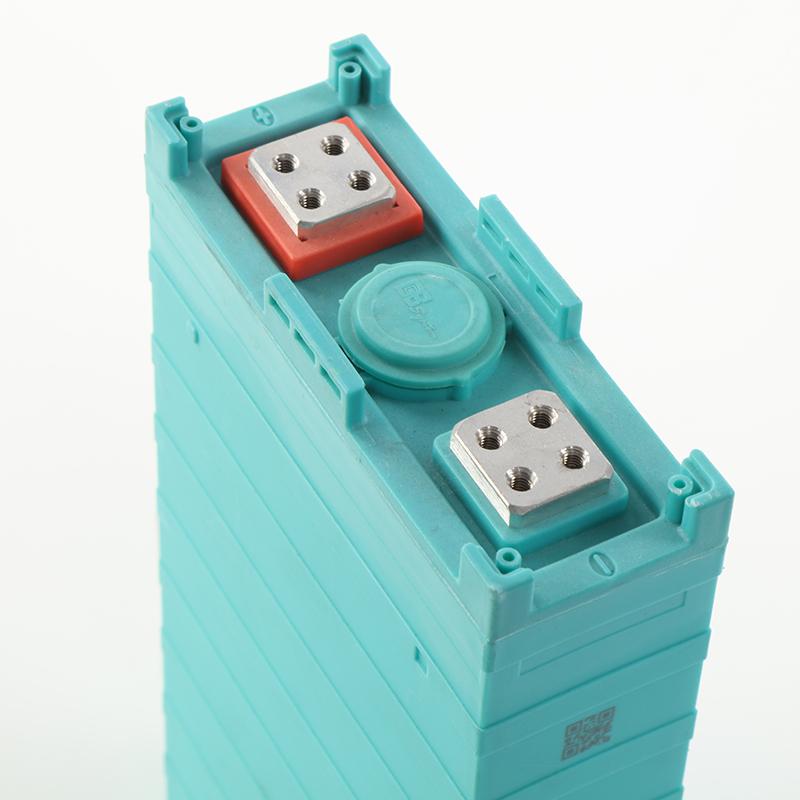SOC refers to the state of charge, also known as the remaining capacity. It represents the ratio of the remaining capacity of the lithium battery after a period of use or long-term use to the capacity in the fully charged state, usually expressed as a percentage. The value range is 0~1. When SOC=0, the battery is discharged and needs to be charged. When SOC=1, the lithium battery is fully charged. The SOC of lithium-ion battery cannot be measured directly, but can only be estimated by the battery terminal voltage, charge discharge current, internal resistance and other parameters. These parameters are also affected by many uncertain factors, such as lithium battery aging, environmental temperature changes, and vehicle driving status. Therefore, accurate SOC estimation has become an urgent problem in the development of electric vehicles. For example, the power jump. When the vehicle is about to stop, a glance at the power will leave 50%. It is estimated that the return trip is barely enough. After a while, I came back to start the car and found that the battery indicator was at 40%. It seems that I can't go back.
When the power is suddenly turned off and there is still 30% of the power, the car accelerates and suddenly alarms that the power is too low and stops. The accuracy of the battery pack SOC has always been the focus of criticism from electric vehicle users. It is often seen on online forums that electric vehicle owners say that they have been put on the halfway. For electric vehicles that have been developed for many years, the accurate estimation of battery pack SOC is still not very good.
As an important threshold for charging and discharging, the battery pack SOC plays a role in regulating and protecting the lithium battery pack. During the charging process, if the lithium battery pack is too low, such as less than 10%, the charging current cannot be fully opened, but the current is limited until it reaches the normal power range. In the discharge stage, when the power is low but still above the discharge cut-off power, for example, as low as 20% SOC, the power output is generally limited to prevent the system from touching the parking voltage due to large current, and it is expected to operate in the most energy-efficient way for a longer distance.
SOH refers to the residual capacity attenuation, health and performance status of lithium batteries. In short, it refers to the ratio of the performance parameters to the nominal parameters of lithium batteries after a period of use. The new lithium batteries are 100%, and the completely discarded ones are 0%. It is the ratio of the capacity released by the battery from the full charge state at a certain rate of discharge to the cut-off voltage to its corresponding nominal capacity. It is simply understood as the limit capacity of the battery. The internal resistance of the battery has a certain relationship with SOH. The lower the SOH, the greater the internal resistance of the lithium-ion battery. The internal resistance of the battery is calculated indirectly by detecting the voltage, current, temperature and other data, and then the SOH is calculated according to the relationship between SOH and the internal resistance of the battery. However, the internal resistance of the battery does not change significantly when the SOH change range is small, while the resistance value changes greatly when the lithium battery is seriously aged. Therefore, when the SOH change is small, the measurement error will be large.
